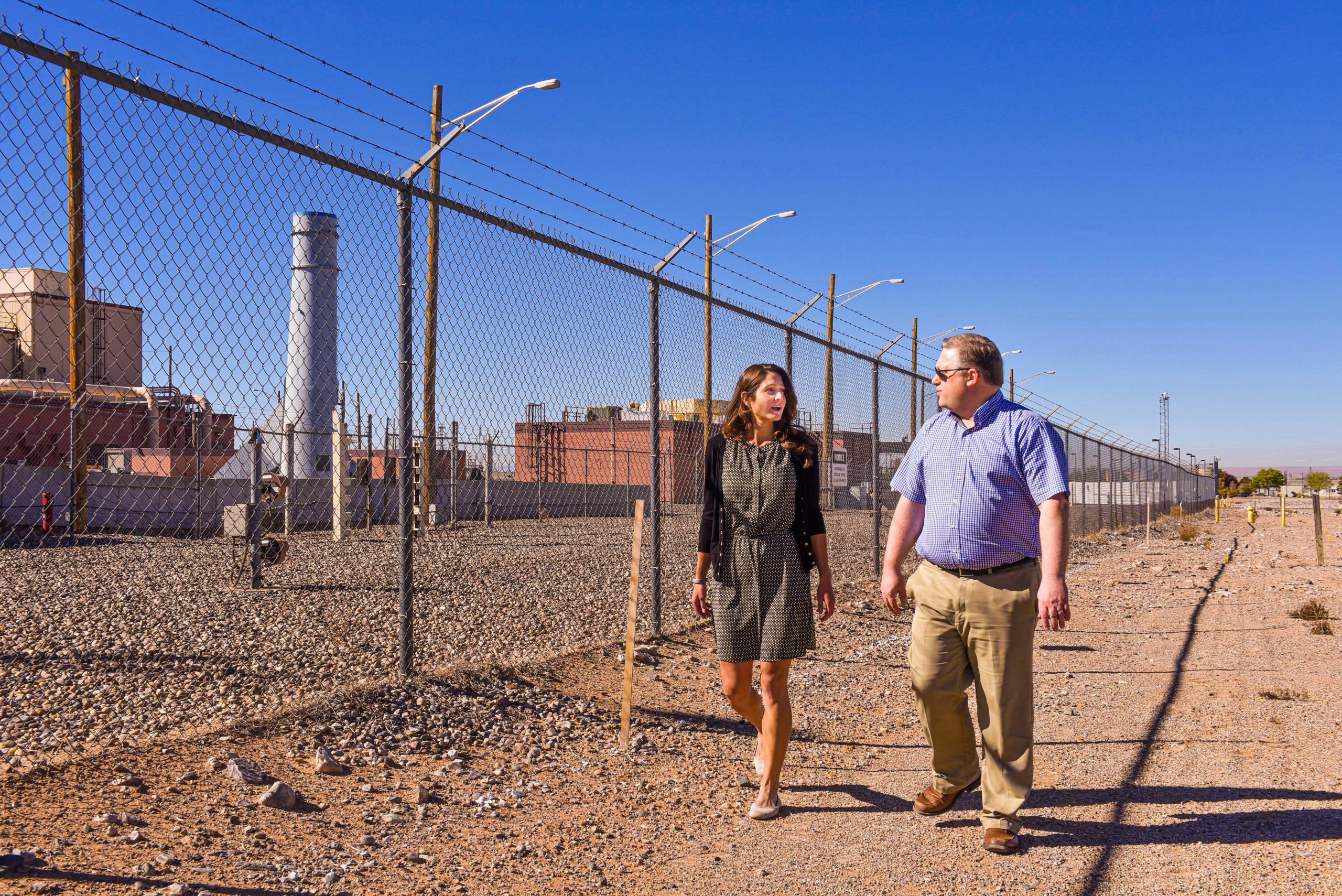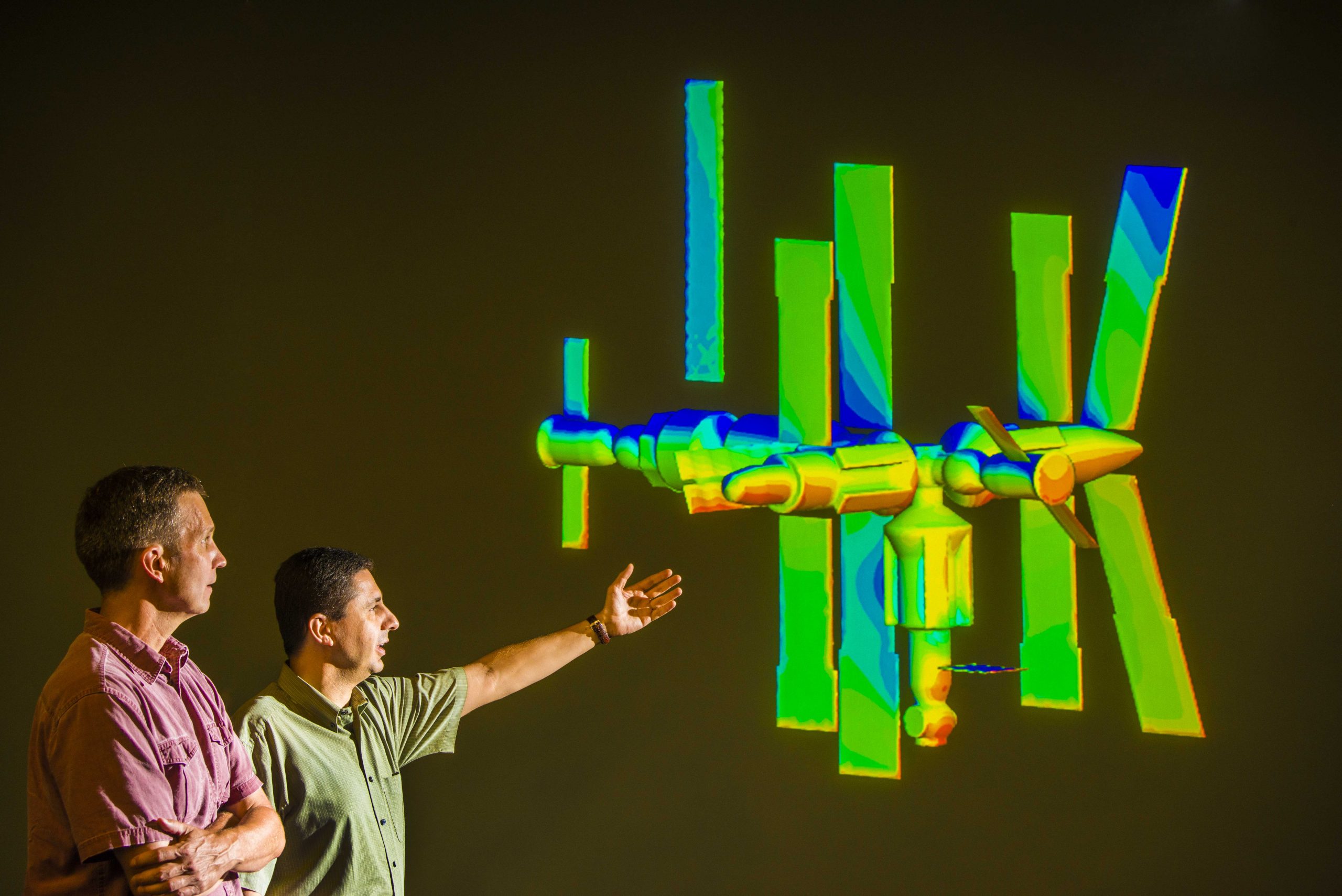February 16, 2022 • ALBUQUERQUE, N.M. — Sandia National Laboratories recently updated the Maccs code to better aid the Nuclear Regulatory Commission and the global nuclear industry in assessing the consequences of nuclear accidents. The Maccs code can also evaluate the potential health and environmental risks posed by advanced nuclear reactors and small modular...
Categories: Computing, Energy / Environment / Water

